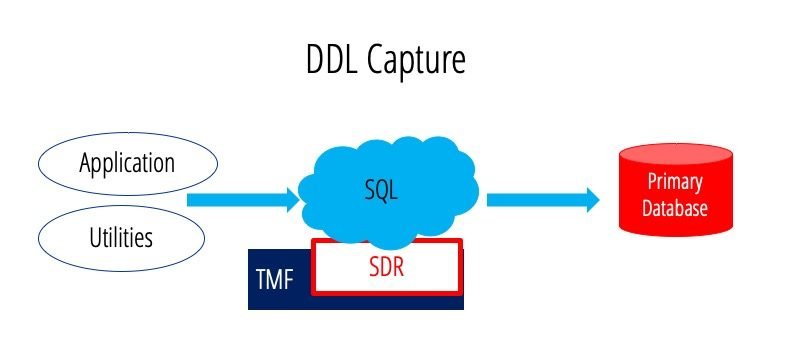 NonStop SDR
NonStop SDR
Print This Page | Product Image Slides NonStop SDR FAQ
HPE NonStop SQL DDL Replicator (SDR) provides the ability to automatically replicate SQL DDL operations to a backup system in the same way that RDF replicates database updates to a backup database.

RDF uses TMF audit trail information to capture data changes to a primary database and to replicate those changes to one or more backup systems.
DDL operations performed on SQL tables, such as ADD COLUMN, ADD INDEX, CREATE VIEW, etc. are not audited operations, so they are not captured in the TMF audit trail and not replicated by RDF. The replication of DDL operations has to be done manually, at a time where it is possible to stop primary systems applications and interrupting RDF replication. The manual process is error-prone and disruptive.

This is where NonStop SDR comes into play. It performs the necessary operations to capture the DDL operations that modify the primary database on the primary system and places them in a special audited file, effectively allowing the operations to be present in the TMF audit trail file. RDF then replicates the SDR-captured descriptions of the DDL operations, so that SDR can use those descriptions to automatically replicate the actual DDL operations on the backup system

NonStop SDR Product Features
- SDR is an independent product which runs on all OS versions and systems types
- SDR can be used with all HPE supported RDF topologies
- Supports replication of distributed tables
- Replicates all SQL/MP DDL statements
- Has no impact on the SQL/MP DDL operations on the primary system
- Has no impact of the RDF extraction operations
- Briefly interrupts the RDF replication on the backup system to apply the DDL changes and then automatically
- restarts RDF updating
- Requires virtually no configuration; operates based on the RDF configuration and context files

